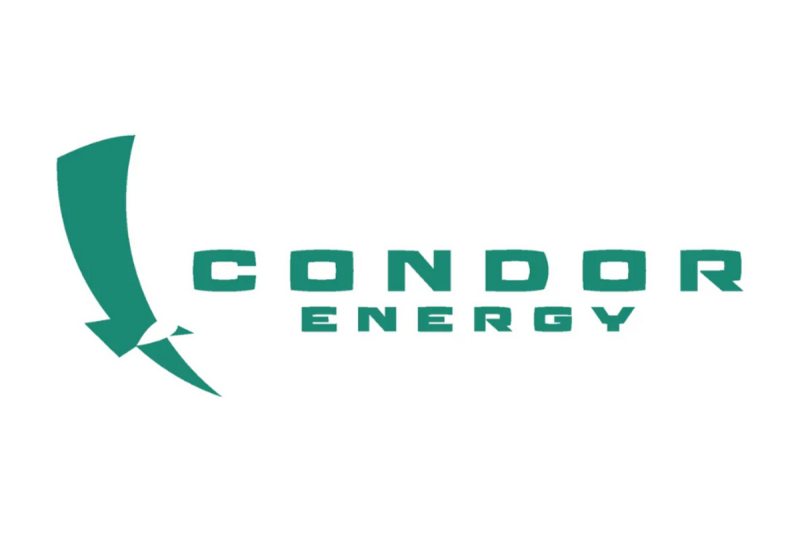Condor Energy Ltd (ASX: CND) (Condor or the Company) is pleased to advise that Quantitative Interpretation (QI) and AVO studies on the legacy 3,800km2 of 3D seismic data covering most of the Company’s Tumbes Technical Evaluation Agreement (TEA or Block) have potentially identified a highly porous sandstone fairway spanning the Raya Prospect, significantly enhancing the probability of success.
Highlights
Leading Quantitative Interpretation (QI) company, e-Seis Inc, completes LithSeis and amplitude versus offset (AVO) volumes on legacy 3D seismic data covering the Company’s Peruvian Tumbes TEA.New seismic inversion and AVO studies have produced indications of high-quality reservoirs and hydrocarbon fill at the Raya Prospect, significantly upgrading its prospectivity.A robust fairway of highly porous sandstone has been delineated coincident with the location of the Raya Prospect.This is complemented by recently completed field work which mapped sediment input points leading into the Tumbes TEA during deposition of the Zorritos Formation.Reprocessing of the 3D seismic data is nearing completion. Once delivered, these data will be interpreted to allow for the estimation of resources in the Tumbes TEA.
The Raya Prospect is defined as a structural high against an east-west fault within the Zorritos Formation, the primary reservoir in the basin, with a combined 46km2 structural and stratigraphic trap with shales overlying the Zorritos Unconformity providing a regional seal1 (Figure 2).
The Company notes that results from the adjacent Delphin and Barracuda wells confirm the presence of oil charge in the area and, in order to determine resevoir quality, has conducted Quantitative Interpretation (QI) studies of the seismic data covering the Raya prospect.
eSeis Inc., a leading Houston-based QI company, has provided LithSeis and Amplitude Versus Offset (AVO) volumes over the entire 3D data set.
The LithSeis cube, although uncalibrated by well data, is a pre-stack seismic-based petrophysical analysis that yields lithology, porosity, and possible hydrocarbon fill. In the LithSeis section (Figure 3b), yellow colours are interpreted to represent porous sandstones, with red reflectors interpreted to represent very high porosity and/or where hydrocarbons are present. In this case, several layers of high porosity at the top of potential reservoir zones (such as layer SC 1) are evident.
The AVO sections illustrate the responses of seismic reflections to increasing angles of offset and uses a colour bar to differentiate between the five commonly recognised classes of AVO responses; in this area, Class 2 or Class 3 responses are of particular interest as they may be indicative of a hydrocarbon- filled reservoir (either gas or oil).
The highly encouraging culmination of these analyses are the mapped responses of LithSeis and AVO across the SC 1 layer (Figure 4). The strong and consistent LithSeis response suggests the presence of a highly porous sandstone fairway running NE-SW across the Raya prospect, potentially derived from one of the feeder systems identified during field mapping.
Click here for the full ASX Release

